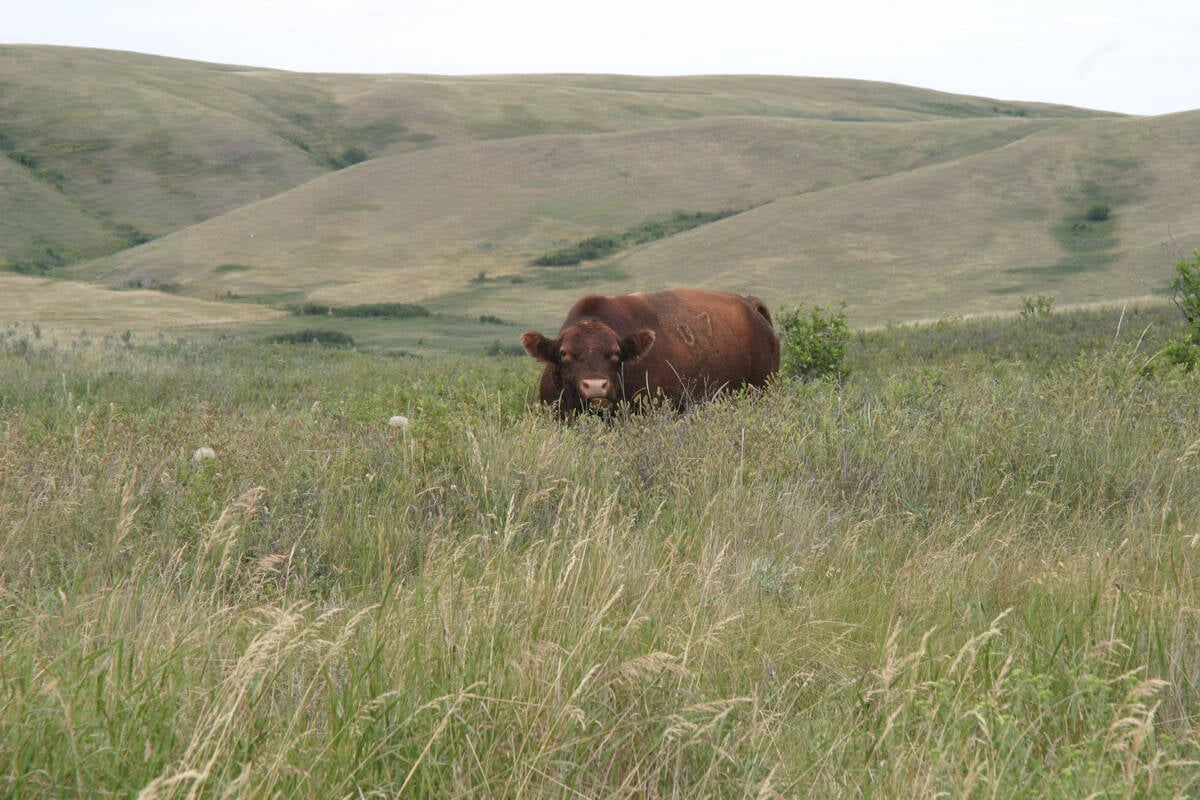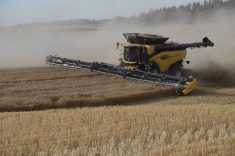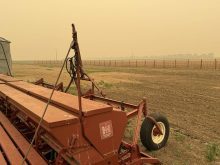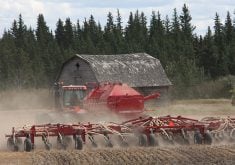Stan Eby figures it’s a vision so close to reality that he finally can begin to imagine it – live Canadian cattle crossing the border again to American packing plants.
After the United States Department of Agriculture produced its proposed rule on border opening late Nov. 19 and sent it to the White House for review, the president of the Canadian Cattlemen’s Association said a process has been launched that should take no more than five months to open the border.
“Definitely, I believe we’ll see that happen in the first half of the new year,” the Ontario cow-calf producer and feedlot operator said Nov. 22. “I believe this is important progress.”
Read Also

Saskatchewan puts crown land auction on hold
Auctions of Saskatchewan crown lease land are once again on hold.
While USDA did not detail the contents of the proposed rule, Eby and government sources said they believe it would open the border to ruminant animals 30 months or younger heading straight to slaughter or to designated feedlots to await slaughter.
Animals moving south for feeding or dairy heifers heading to join American herds would not be covered. Older animals would be excluded from the opening.
In 2002, the last year before the border closed, one-third of the 1.6 million head shipped south were feeder cattle, although the drought could have inflated that number.
Still, even if others were more cautious about predicting when the border may open, the USDA decision to send a proposed rule to the White House Office of Management and Budget for a review that can take between 30 and 90 days was seen as progress on all sides.
“I think this is a significant step forward,” prime minister Paul Martin said at a Nov. 20 news conference in Chile after a meeting with president George W. Bush at which the development was announced.
“I think that we’ve got to recognize that there is certainly a period of time which is before us …There are a number of steps that have yet to be met.”
Conservative trade critic Belinda Stronach said it was good news for farmers and ranchers “for whom the BSE crisis has been a nightmare” but she noted Nov. 20 was the 18th month anniversary of the May 20, 2003 border closing.
“It took 18 months to get the president to agree to a specific action on BSE because the Liberal prime ministers had no relationship with him for years,” she complained.
The president has not yet agreed to anything although he said on the weekend he wants the border open as soon as possible.
Eby said he hopes it is a signal that when Bush visits Ottawa Nov. 30, he will bring word that the OMB review will be done in the minimum 30 days rather than the maximum 90 days.
“We hope and expect good news,” he said.
Canadian agriculture minister Andy Mitchell refused to speculate on how long the reviews will take. He noted that the OMB could take up to 90 days and if approved, the rule then goes to Congress for a 60 day comment period before implementation starts.
If each of those periods played out to their maximum, it would be into May 2005 at the earliest.
Few in Canada were willing to speculate on whether R-CALF would find a way to slow or stop this process in the courts, as it did in early 2004.
But New Democrat agriculture critic Charlie Angus said he was pessimistic.
“I fully expect R-CALF will move and that we will be bogged down by them again,” he said. “The timing of this rule announcement after the election shows that the hold-up was political and the system remains susceptible to politics. That’s just the reality.”
In the House of Commons Nov. 22, Bloc Québecois MPs continued to hammer the agriculture minister on the need for a strategy to clear the system of dairy cull cows because the proposed new rule would have no application to the growing cull glut.
Mitchell said announcement of the rule “gives us some time parameters” and he said the government will continue to press the Americans, including during the president’s visit to Ottawa.
“We will keep up the pressure to have this happen just as quickly as possible,” Mitchell said in the interview. “We still have work to do.”
Martin said that when he met Bush during a summit of leaders of Asia-Pacific nations in Chile last week, BSE was “one of the first words out of my mouth.”
















